Tasha Tudor, one of America’s most beloved author-illustrators of children’s literature, has brought abiding joy to generations of readers. During her lifetime, she wrote and illustrated more than two dozen published texts while her artwork has now appeared in over one hundred different titles and on multitudinous greeting cards. She is justifiably famous and appreciated around the world, for the expressive nature of her exquisite watercolors and pencil drawings (particularly those featuring children) which often convey tranquility as well as gentle humor.
Except for relatively brief journeys abroad or to other parts of the USA, Tasha resided in New England from her birth on August 28, 1915 in Boston, Massachusetts to her death in Marlboro, Vermont on June 18, 2008. While living in four states of the American Northeast (Massachusetts, Connecticut, New Hampshire and Vermont), Tasha dreamed a beautiful life for herself and adroitly achieved it.
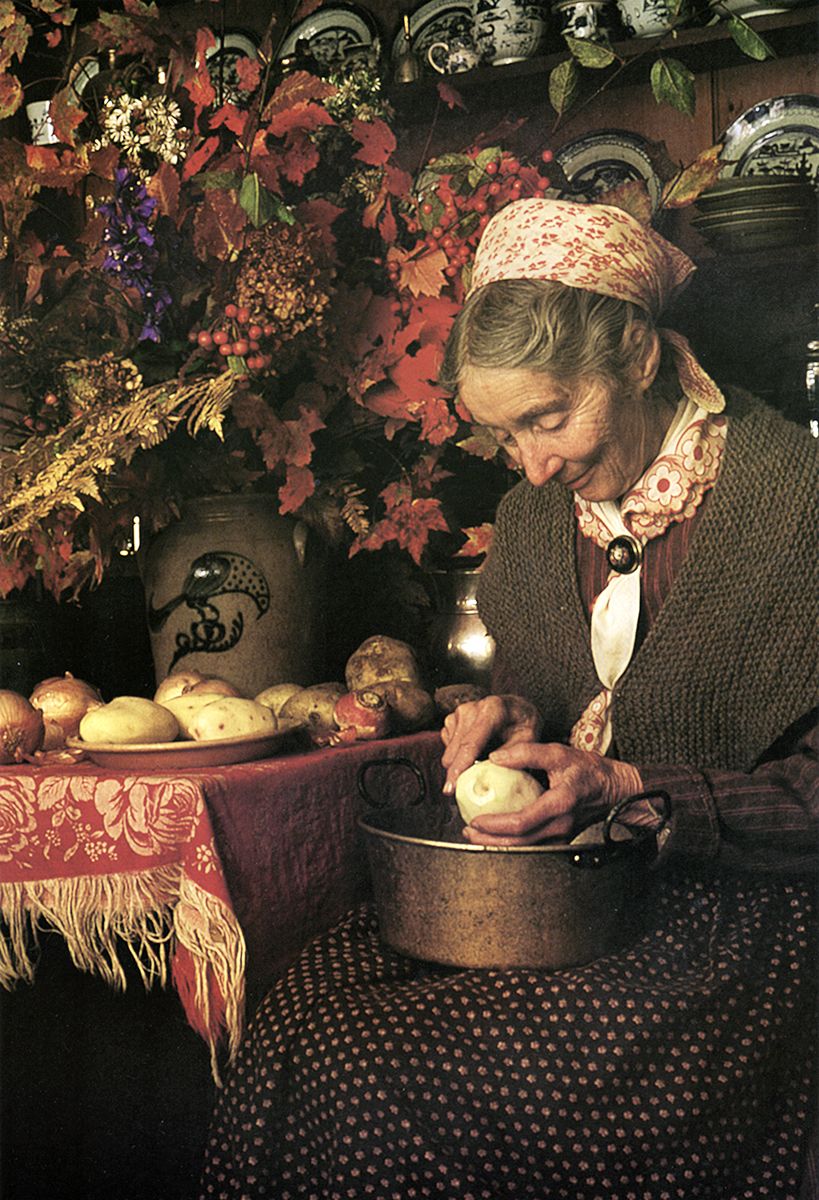
Tasha’s enjoyment of bygone days, her recognition of her ancestry and loved ones, and especially the deep, abiding affection Tasha had for New England were all evident in her illustrations and writings. For the November 1941 issue of the Horn Book Magazine for Boys and Girls, Tasha had penned a short piece titled “Out of New England”, in which she eloquently described some of the sights and experiences of her childhood while learning to appreciate all that New England had to offer, particularly in the ways of nature. For the rest of her life, Tasha would continue to explore New England’s history, cherishing its days and ways.
In the Horn Book article, Tasha also revealed her youthful desire to “catch the memory of some special moment” as well as her hope for eventually “making illustrations for books”. Tasha identified her mother Rosamond, by then an accomplished portrait artist, as one of the main sources for her success during the first few years of what turned out to be a productive and prodigious professional career as a children’s book author and illustrator.
MASSACHUSETTS (1915-1925)
At the time of her birth, Tasha’s parents, William Starling and Rosamond Tudor Burgess, lived in Marblehead, Massachusetts. Each had descended from noteworthy New England families; they were talented and creative individuals, well-acquainted with the highest echelons of Boston society. Their unique waterside home—designed by W. Starling (also known as “Starling”) himself—was built ten years earlier, adjacent to Wm. Starling’s business property upon which he had initially constructed a shipyard, primarily for race-worthy yachts. Many of the company’s buildings had been converted for assembling naval airplanes by the time Tasha was born.
The Burgess couple hired a Scottish nanny to care for their new baby, who had been given the name of Starling after she was delivered on August 28 in 1915 by Dr. Ernest B. Young at Boston’s New England Deaconess Hospital, now part of the Beth Israel Deaconess Medical Center. Starling’s name was soon changed to “Natasha” (for the War and Peace heroine) and subsequently that was shortened to Tasha. Shortly after Tasha turned three, the Burgesses moved to North Chevy Chase in Maryland. Wm. Starling accepted a wartime commission with the U.S. Navy in Washington, D.C. as an aircraft designer while Rosamond worked as a civilian within the Navy’s new Camouflage Section.

Tasha was occasionally separated from her parents during World War I while “Scotch nurse” Mary D. Burnett, who Tasha called Dady, was essentially her constant companion. Encouraged by Dady, Tasha enjoyed acquiring many household skills including cooking and sewing as she grew up.
There were other places in Massachusetts where the Burgess family lived. After the War, Tasha spent relatively short periods of time in Provincetown, Beverly and Holliston. Her early summers were sometimes spent in Nahant, where she played with her older brother Frederic and with her lifelong friend, Jeanie Paine. From a very young age Tasha demonstrated a strong desire to create, even imagining an exclusive world no other person could enter—one in which she had private conversations with her dolls.
She was also eager to experience and understand living, growing things. Tasha was so impressed with the roses she saw while visiting Alexander Graham Bell in Maryland that she immediately decided to become a gardener. Tasha was most likely five years old at the time, possibly younger. She met and spent time with many other distinguished luminaries, including Supreme Court Associate Justice Oliver Wendell Holmes, Jr. who, Tasha vividly recalled, bounced her upon his knee when she was very young. Tasha came to greatly admire the art of John Singer Sargent who once did a charcoal portrait of her half-brother Henry; he was born during Rosamond’s earlier marriage to Boston socialite A. Henry Higginson.
In Boston, Tasha often visited her maternal grandmother Louisa (who resided in “The Tudor” apartment/hotel/office complex on Beacon Street) and elegantly dined with other family members there. The nine-story building was built on land once owned by “Ice King” Frederic Tudor, Tasha’s great-grandfather. At an early age, Tasha learned about his business endeavors, particularly his success in shipping ice to warmer climes. She was enthralled by objects that had been shipped back to Boston—usually as ballast inside the Ice King’s ships--from faraway places including India. Tasha was delighted by the Chinese Export porcelain (primarily Canton) and German kugel Christmas ornaments once owned by her great-grandmother Euphemia Fenno Tudor, Frederic’s wife. Many of those items had descended through the family and eventually came to Tasha herself.
Tasha also learned about the prominent people with whom earlier generations of the Tudor and Burgess families collaborated or were acquainted. Even a short list of the friends and colleagues of her ancestors (along with those of a few close relatives), comprises a veritable Who’s Who: John Adams, Louisa May and Branson Alcott, Albert Einstein, Ralph Waldo Emerson, Buckminster Fuller, Lillian Gish, Henry David Thoreau, Mark Twain, George Washington, and Daniel Webster.
CONNECTICUT (1925-1945)
Tasha was nine years old when her parents divorced; she then began a very different yet highly stimulating life with family friends who resided in Redding, a small southwestern Connecticut town. Tasha’s exposure to literature and the performing arts burgeoned while in Redding and also when visiting her mother who had moved to New York City to pursue her own professional career. Tasha attended progressive Spring Hill School in Litchfield for a brief time, as well.
In 1930, Rosamond purchased a Federal-style farmhouse in Redding and soon afterwards, Tasha went to live with her mother once again. Rosamond continued her portrait work while being the proprietor of an antiques shop plus a tea room on the grounds of their residence. Tasha assisted her mother with all these endeavors; she relished learning more about art and antiques, especially old gowns and houseware.
Tasha’s desires to learn how to farm and to improve her homemaking skills became quite strong at this time. She was understandably proud of a linen shirt (more than one, actually) which she had sewn by hand during her later teenage years. Beginning with growing the flax required, Tasha went through all the intermediate steps herself (extracting the fibers, spinning the yarn, weaving the linen fabric) before cutting and piecing together the material.
As a “4-H girl” in her early teens, Tasha’s canning skills were publicly displayed at the Eastern States Exposition in Springfield, Massachusetts. Her uncle gave her a milking cow—which she raised according to 4-H guidelines--and Tasha started caring for a number of chickens, later adding geese. Her made-from-scratch oatmeal bread won first prize at the famous Danbury Fair in Connecticut. And not long afterwards, a delighted Tasha inherited a kitchen’s worth of old and heirloom utensils from her great-aunt Edith Burgess.
A strong longing of Tasha’s was fulfilled in her late teens when she wrote and illustrated a small book titled Hitty’s Almanac, completed in 1934. The diminutive work exhibited her growing knowledge of New England farming life in earlier, pre-industrial times. The next year, Tasha expanded her artistry by creating New England Wild Flowers, which was another handmade and unpublished volume. The book consisted of large illustrations of various flora which she had found and studied during several summers in the fields and woods of Connecticut.
In 1937, one of Tasha’s betrothal announcements (printed in the New York newspaper Pelham Sun) revealed her plan “to make illustration her life work”—rather a bold statement to be made by one who was so young! The following year, Tasha launched her professional career with the publication of Pumpkin Moonshine, a sweet story about a little girl and her runaway pumpkin. It was the first of Tasha’s five books in the so-called “Calico Series”. Tasha had covered the original Pumpkin Moonshine book in calico-cloth covers and her publisher, Oxford University Press, printed each of the five titles in polka-dot covers of various color. All were diminutive in size—no more than 4 3/4 inches by 4 inches—and just right for little hands to hold.
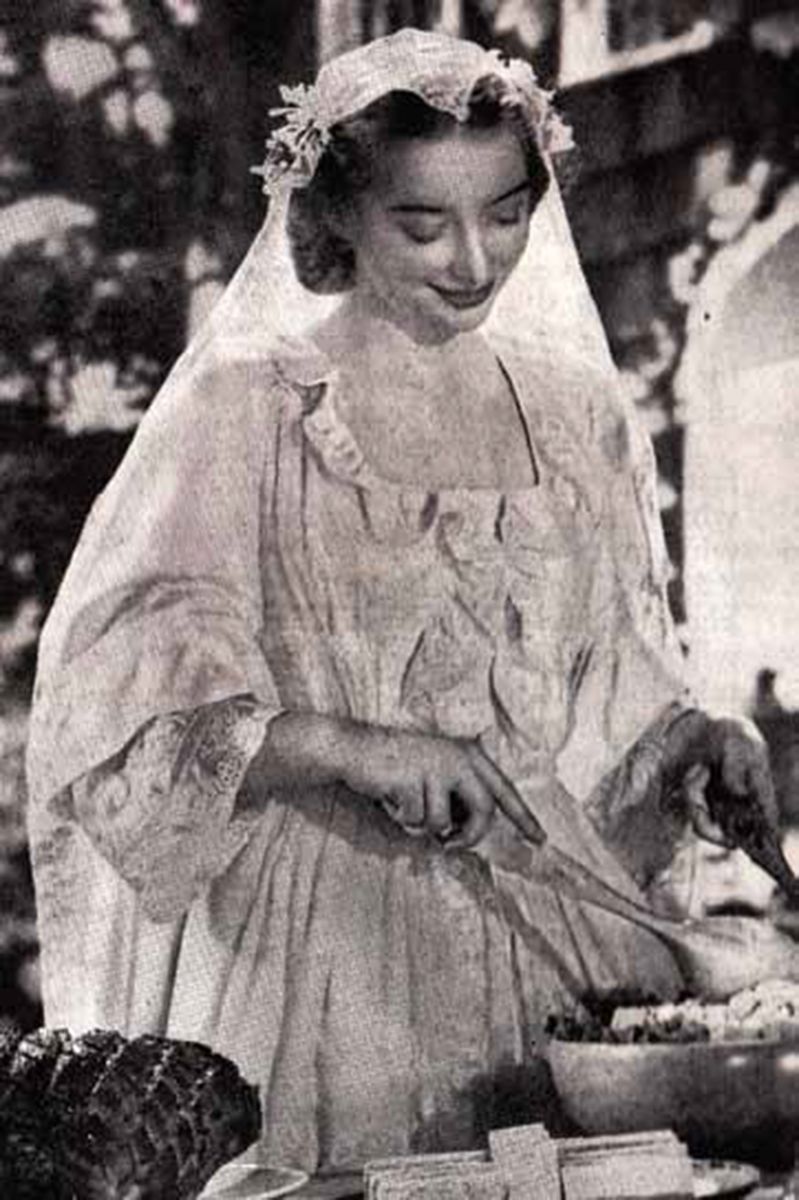
A few months earlier, on May 28, 1938, Tasha started a family of her own by marrying Thomas L. McCready, Jr. She wore a family heirloom, her great-grandmother’s India-mull gown, for the wedding ceremony. Tasha and her husband welcomed two children (Bethany and Seth) into their life while residing in Rosamond’s Redding home. Tasha began designing greeting cards in 1942 for Herbert Dubler, Inc. and two years later, she illustrated Mother Goose. That children’s classic was Tasha’s eighth published book and it was selected as a Caldecott Honor Book for 1945.
For the 1943 Christmas season, one of Tasha’s watercolors from The White Goose was exhibited at the Metropolitan Museum of Art. This was just the beginning of many public displays of her artwork. In later years, Tasha would be honored with expansive exhibitions at the Abby Aldrich Rockefeller Museum of Folk Arts at Colonial Williamsburg and the Norman Rockwell Museum, plus scores of impressive displays throughout the United States and in Japan. Opened during the 1930s, the Dutch Inn Gift Shop in Mill Hall, Pennsylvania (owned by longtime family friends and supportive enthusiasts Ned Hills and his sister, Charlotte Hills Brown) had original artwork by Tasha on view and occasionally hosted special exhibits as well as booksigning events.
NEW HAMPSHIRE (1945-1972)
The success of Mother Goose allowed Tasha to fulfill yet another longing: to own and run a large farm with an old (1789) homestead built upon it. In 1945, Tasha and her growing family moved to Webster near Concord, New Hampshire (with a Contoocook rural-route mailing address). By the end of the decade, Tasha gave birth to two more children: a third child named Thomas (Tom) in 1945 and a second daughter, Efner, joined the family in 1949.
While living in New Hampshire, Tasha increasingly garnered praise and recognition for her charming stories and her pleasing drawings and watercolors, many of which highlighted or incorporated New England scenes or elements. The writings and artwork often featured her family, their animals and birds, the farmstead plus its surrounding gardens and fields, as well as local landscapes and buildings. In 1958, a young Pembroke Welsh Corgi arrived from Great Britain to live with Tasha and her family; the puppy was purchased by son Tom while he was temporarily a student in England. Although Tom had bought the male Corgi for his own, “Mr. B.” became so attached to Tasha (and Tasha to him!) that the Corgi stayed with her for the rest of his life. Numerous Corgis—up to a dozen at any given moment—were to follow, as Tasha decided that she would always have those “beloved” and “smart” creatures in her life.Various working animals plus many pets were added throughout the New Hampshire years. It was during this time period that Tasha instilled in her children an appreciation for living on the land. She also taught them how to celebrate life’s special events as well as the passing of the seasons. Christmas was her favorite holiday, with Valentine’s Day coming in a close second. The family’s seventeen-room home required a significant amount of work to restore and update it. Farming and household expenses plus an expanding family inspired Tasha to begin an additional at-home business endeavor, the Ginger and Pickles Store, which opened its doors in 1949. Occasionally Tasha found time to render additional artwork for customers, all the while improving and expanding her techniques.
In 1947, Tasha began a 30-plus-year working relationship with the American Artists Group. The AAG’s Irene Dash Greeting Card Company published her Christmas card designs which varied in number from year to year, but never less than ten were issued annually through 1979. Caring for birds and animals was a favorite subject for Tasha’s holiday cards (and also a personal pleasure which she experienced throughout her life). Her willingness to depict religious subjects resulted in a series of singular “Madonna” card designs and also a number of Bible-themed books, notably prayer compilations.
During her extraordinary career, Tasha illustrated two books a year, sometimes even three. The list of children’s classics which Tasha illustrated steadily grew while she lived in New Hampshire. It began with Mother Goose, Fairy Tales for Hans Christian Andersen, A Child’s Garden of Verses, and Jackanapes in the 1940s. Beginning in 1960, her classics catalog greatly expanded with a series of well-loved stories: The Secret Garden, A Little Princess, The Wind in the Willows and Little Women. Tasha finished the impressive list (not all are mentioned here, however) with The Night Before Christmas in 1999. Two “New England” books featuring her artwork were published at the end of the decade: The New England Butt’ry Shelf Cookbook in 1968 and The New England Butt’ry Shelf Almanac in 1970. She received a second Caldecott Honor Award in 1957 for 1 is One and fourteen years later, she was awarded the prestigious Regina Medal for “continued, distinguished contribution to children’s literature”.
Tasha’s love of dolls and marionettes flourished during the New Hampshire years and she devised the Sparrow Post system of communications for them and their many friends, particularly Tasha’s children. Moreover, Tasha persevered in perfecting her skills for a variety of traditional handcrafts including weaving, calligraphy and basket-making.
VERMONT (1972-2008)
By 1971, Tasha was eager to downsize and move to Vermont, where she had often hoped to live. Her children were now grown and out on their own. Her first marriage had ended in the early 1960s and a brief second marriage was over in 1966. The resounding commercial success of her creative masterpiece and her “most favourite book” of all, Corgiville Fair, was also published in 1971. The novel, imaginative tale of corgis and their animal friends (plus a foe or two) paved the way for Tasha to purchase secluded, forested acreage on a high hilltop in southeastern Vermont. Her son Seth cleared enough wooded land to build for Tasha a Cape Cod-style house--based upon a New Hampshire friend’s farmhouse built in 1750—and then he used only hand tools to construct Tasha’s new home. Her beloved Corgi Cottage—as it soon became to be called—was constructed with an adjoining barn and various outbuildings including structures for the protection and comfort of her birds and animals.
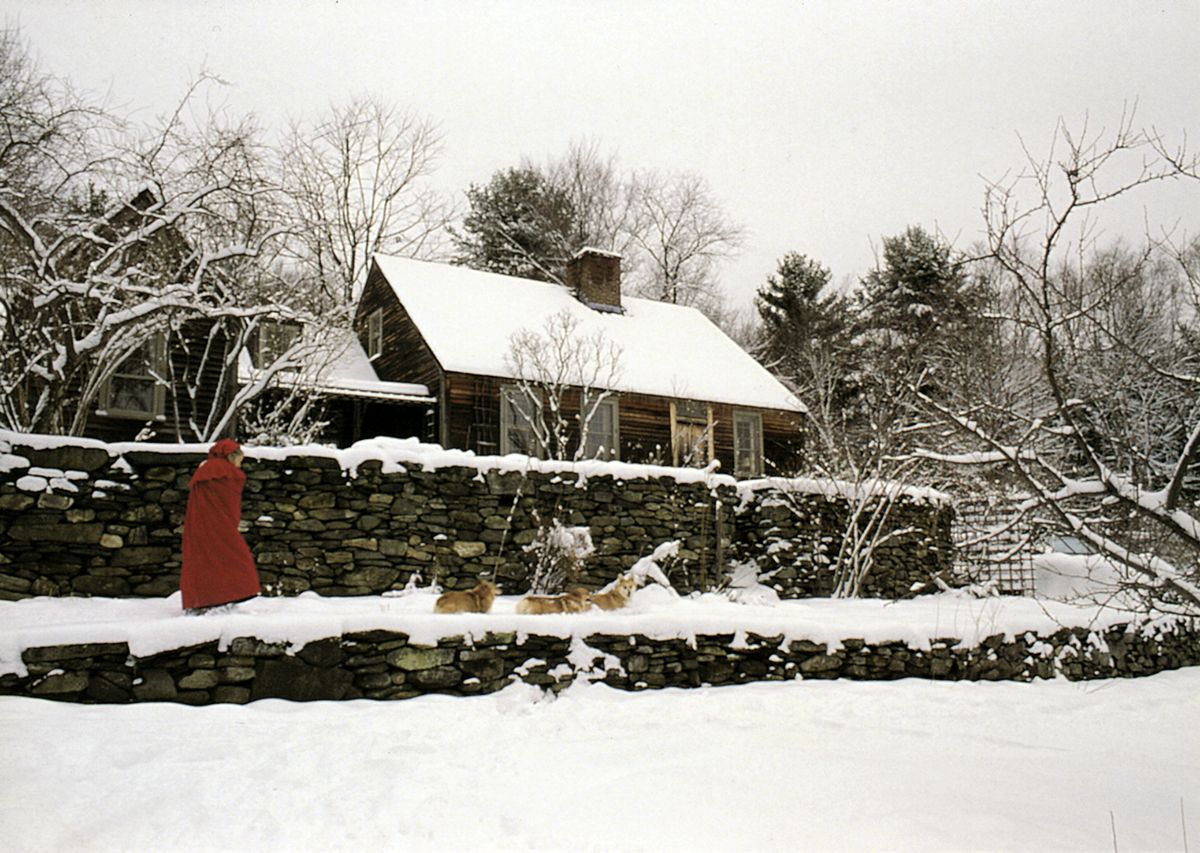
Moving and settling into her new house took over a year; Tasha scaled back her illustrative work so that she was producing only her usual annual grouping of Christmas card designs until 1975, when she illustrated The Night Before Christmas for the fourth time (and the first of her two versions in large-book format). Her lovely Vermont homestead, with its heirloom furnishings and snowy landscapes, was prominently featured in the book’s illustrations, just as the family’s New Hampshire farmhouse was depicted in previous publications.
At this time, Tasha was sixty years old and already had had a longer and successful career than the vast majority of children’s book author/illustrators. Yet she decided to continue illustrating books, greeting cards, prints and designing other items for various publishers and companies until the early 2000s.
Tasha’s artistry-in-life was uniquely celebrated and honored during the 1980s. She was awarded an Honorary Doctorate of Humane Letters from the University of Vermont-Montpelier in 1981. The National Wildlife Federation’s holiday card for 1987 featured an Eastern Cottontail painted by Tasha, with the rabbit wreathed by one of her signature borders. The next year, Tasha was asked to illustrate the front cover for the Easter at the White House 1988 booklet. By the end of the decade, some of her miniature booklets—designed for family and close friends in the 1950s and 1960s— were reprinted.
Because of Tasha’s early affiliation with Oxford University Press (and later with other multinational publishing companies), her illustrations and writings were made available to readers around the world, beginning with Canada and England. In 1976, Tasha became better known to readers in Japan, when her illustrated Japanese-language edition of The Little Princess (a story that Tasha loved when she was a young girl) was printed by the Charles E. Tuttle Company in Tokyo. Her three-dimensional A Book of Christmas (first published in 1979) was translated into seven languages: Dutch, French, German, Italian, Japanese, Spanish and Swedish. In the past twenty years, many of her early books—plus special publications, often for exhibitions—have been printed in Japanese. And recently, companies in South Korea and China have published books about and by Tasha.
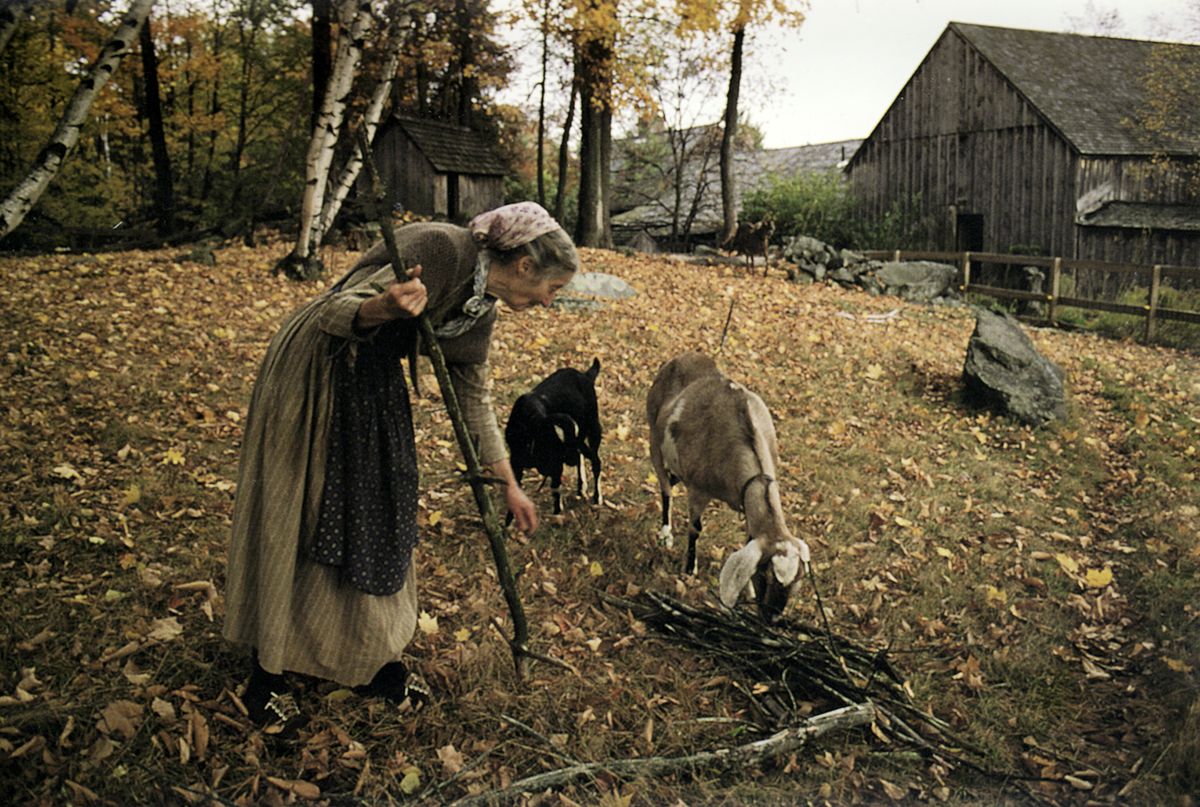
During Tasha’s Vermont years, her desire to learn new artistic skills, to master interests such as gardening, and to experience special times with friends and family (including grandchildren) did not diminish. She now had more time to host memorable teas and dances, finish complex sewing and knitting projects for herself, family, friends or even the dolls, quilt a coverlet, put on intricate marionette shows, tend her extensive gardens as well as her indoor and outdoor birds, and even bake bread from her own wheat. She adapted to her new surroundings by raising goats instead of cows and by selecting more appropriate flowers and vegetables to thrive in her new, higher-elevation gardens.
Beginning with a personal account of her wedding which was printed in the Woman’s Home Companion magazine in 1939, Tasha shared some of her personal thoughts and experiences not only in articles, but also in books beginning with her family’s Christmas activities memorialized in a chapter of Take Joy! The Tasha Tudor Christmas Book (1966). The first published book-length biography of Tasha was written by daughter Bethany in 1979, titled Drawn from New England. Subsequently, many of Tasha’s illustrated books have featured a relatively lengthy biographical statement.
Tasha became much better known to the general public in the 1990s, especially after The Private World of Tasha Tudor, The Tasha Tudor Cookbook: Recipes and Reminiscences from Corgi Cottage,Tasha Tudor’s Garden, and Tasha Tudor’s Heirloom Crafts were published. Tasha met and conversed in person with significantly more fans in person during the last two decades of her life than probably in the previous forty years. Increasingly admired for her writings and artwork by neophytes, Tasha also came to be truly revered throughout the world for her wide-ranging interests and unwavering devotion to rural living.
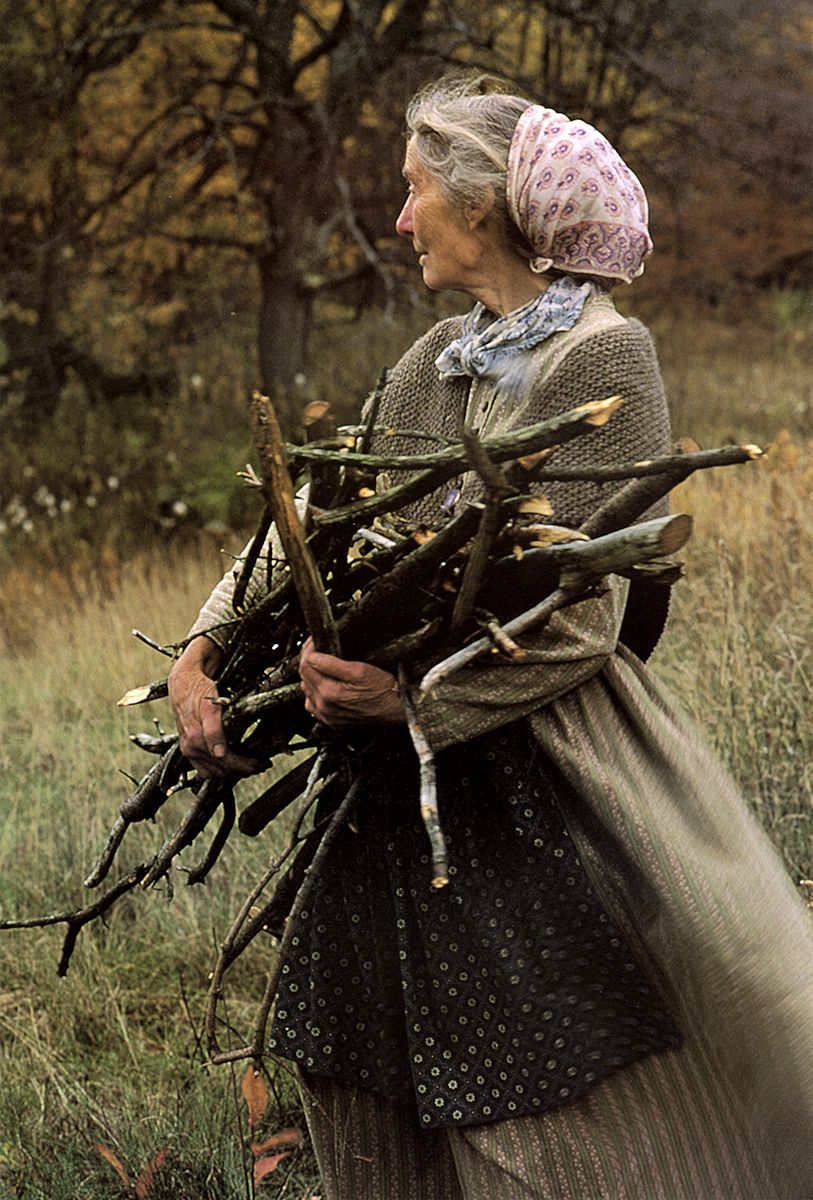
During the final decade of her life, Tasha was amazingly active and engaged. In 1999, she illustrated a fifth, full-color version of The Night Before Christmas before ending her prolific body of published work with Corgiville Christmas three years later. Fittingly, the dog breed that Tasha loved above all others took center stage once again; the book’s narrative is set during the enchanting season of Christmas, Tasha’s favorite holiday. The colorful, nostalgic volume completed the “Corgiville” trilogy.
In nearly 93 years of life, Tasha imagined, planned for and attained so many worthwhile goals. She succeeded much more often than not. Her aspirations were both large and small, her accomplishments often extraordinary. By the end of her days on earth, Tasha Tudor had gone beyond all expectations in making illustration her lifework. And she had reached that mark gracefully, determinedly and quite wonderfully…at home, in her beloved New England.
